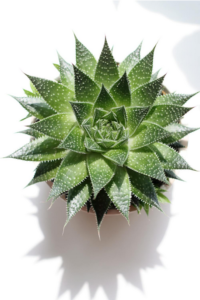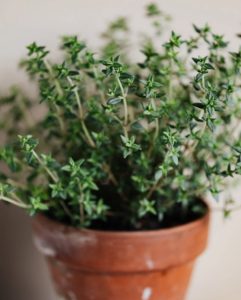Discover organic farming right in your backyard.
It’s rainy season and it might be the pleasant petrichor filling the air that inspired me to write this article. Backyard gardening could be a very promising hobby to develop since it not just helps you grow some awesome homegrown fresh and healthy vegetables, but could also help elevate your mood and well-being.
Having said that, it does have a very healthy impact on our environment and helps us adopt more sustainable practices.
Do I need a large backyard for gardening?
No, you don’t. You could do this in a space as small as shown here :
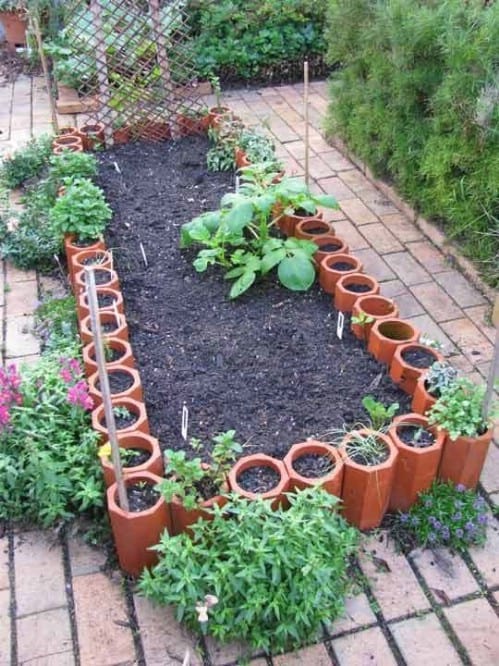
And of course, you can also do this unevenly in different mud pots. The choice is yours, and the point is that you don’t need a huge garden to start this. Just because it’s small doesn’t mean that it is not worth being used. My mother started doing this while we lived in an apartment, and all she used was mud pots and even custom-made pots using cut-out plastic bottles.
Choosing the right plants
Now this is interesting and there isn’t one straightforward answer to this. I mean of course, if you are planning to garden cocaine or weed then yeah those won’t be the right plants to begin with, but otherwise, there is a cornucopia of plants out there. You would need to ask yourself what kind of plants you want, it could be flowers, it could be some rare plants with medicinal properties, it could be your daily vegetables and the list goes on.
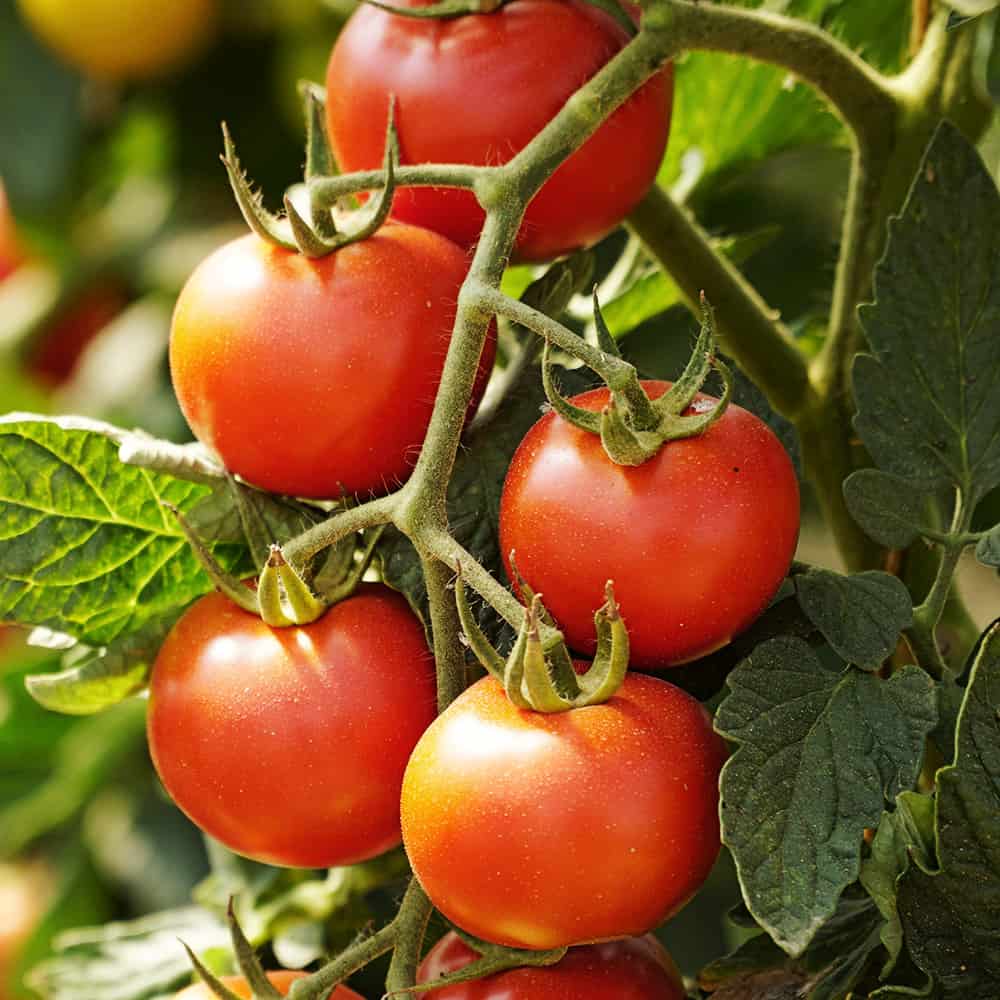
While no one can stop you from planting and gardening whatever plants you like in your garden, but climatic constraints can limit your options. So it would be really wise to start with plants that adapt well to your climate and weather conditions and preferably plant the ones that are favorable for the given weather.
Organic Pest Management

Pests can be pestering. Effective pest management is a crucial aspect of maintaining a thriving backyard garden while minimizing much damage to the environment. By incorporating sustainable practices, you can strike a balance between protecting your plants and promoting a healthy ecosystem.
Now there is this technique called integrated pest management, which utilizes your active involvement in looking out for pests, studying their lifecycles, and using natural traps to get rid of them. Now I know this might sound like a lot of work to some of you, but it could be very rewarding when contrasted to simply using chemicals to kill all of them.

A lot of insects like bees come under pollinators and other than getting us honey, they also help your plants pollinate and flourish, you wouldn’t want to get rid of them would ya? Some insects are called predators since they devour other small insects and pests that feed on our plants, these are our “enemy of my enemy is my friend” types. These include ladybugs and praying mantises.
Depending on what type of plants you will plant, you can study these insects and they might help you sustain your plants without needing harsh chemicals. However, if you are hell-bent on using some exterminator to get rid of them, then you can use things like Neem Oil and Soap Sprays. These are your natural pesticides that are much less harmful to the environment and your health.
Energy-Efficient Garden Features
Creating an energy-efficient garden isn’t just about conserving resources—it’s a way to harmonize with nature and reduce your carbon footprint. By incorporating eco-friendly elements into your outdoor space, you can contribute to a more sustainable lifestyle while enjoying the beauty of your garden
Solar Powered Lighting
Though not necessary at all, you can use beautiful lighting to decorate your garden, these lights also attract some pollinator insects and hence help your plants, besides they also make your garden look beautiful.
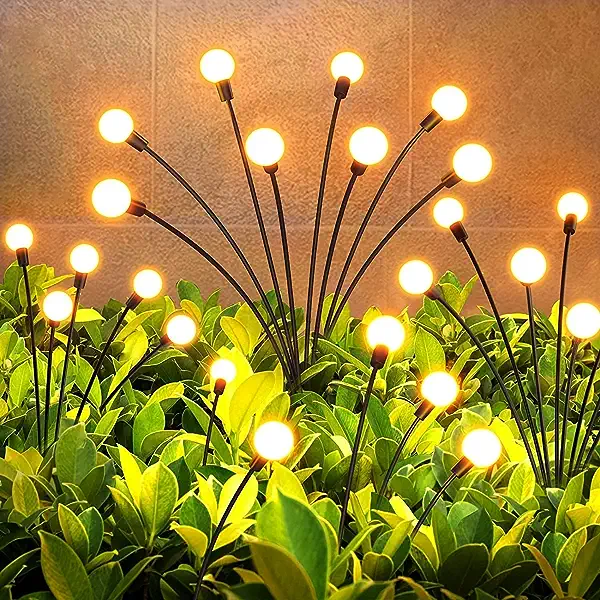
Rainwater Harvesting
This one might be necessary depending on what you are planting and where you are living. Though I am sure most of the backyard gardening can be done with little water sprinklers to a bucket water system.
Tracking Progress and Learning
You need to actively look out for your plants and their well-being. Maintaining a logbook wouldn’t hurt and might prove very useful when diagnosing. You can track the times your plants bloom or give fruits and vegetables and track the weather conditions accordingly, giving you an estimate on how the weather impacts your yields.
Community Involvement
Last but not least, getting your neighbors encouraged to practice this would be a good way to have a societal impact too. You can share your yields with them, ask for their help in your garden, or even help them set up their own. This way not just you would be leading others on a sustainable path but also leaving a positive impact around you.
As we conclude our exploration of sustainable backyard gardening, it becomes evident that this practice transcends the boundaries of a mere hobby. It’s a transformative journey that intertwines with the principles of environmental stewardship, mindfulness, and community engagement.
From planning and design to organic pest management and energy-efficient features, every step in your garden’s evolution becomes a testament to your commitment to a greener future. By embracing native plants, conserving water, and nurturing biodiversity, you’re not just cultivating a garden, but a sanctuary where nature flourishes.
